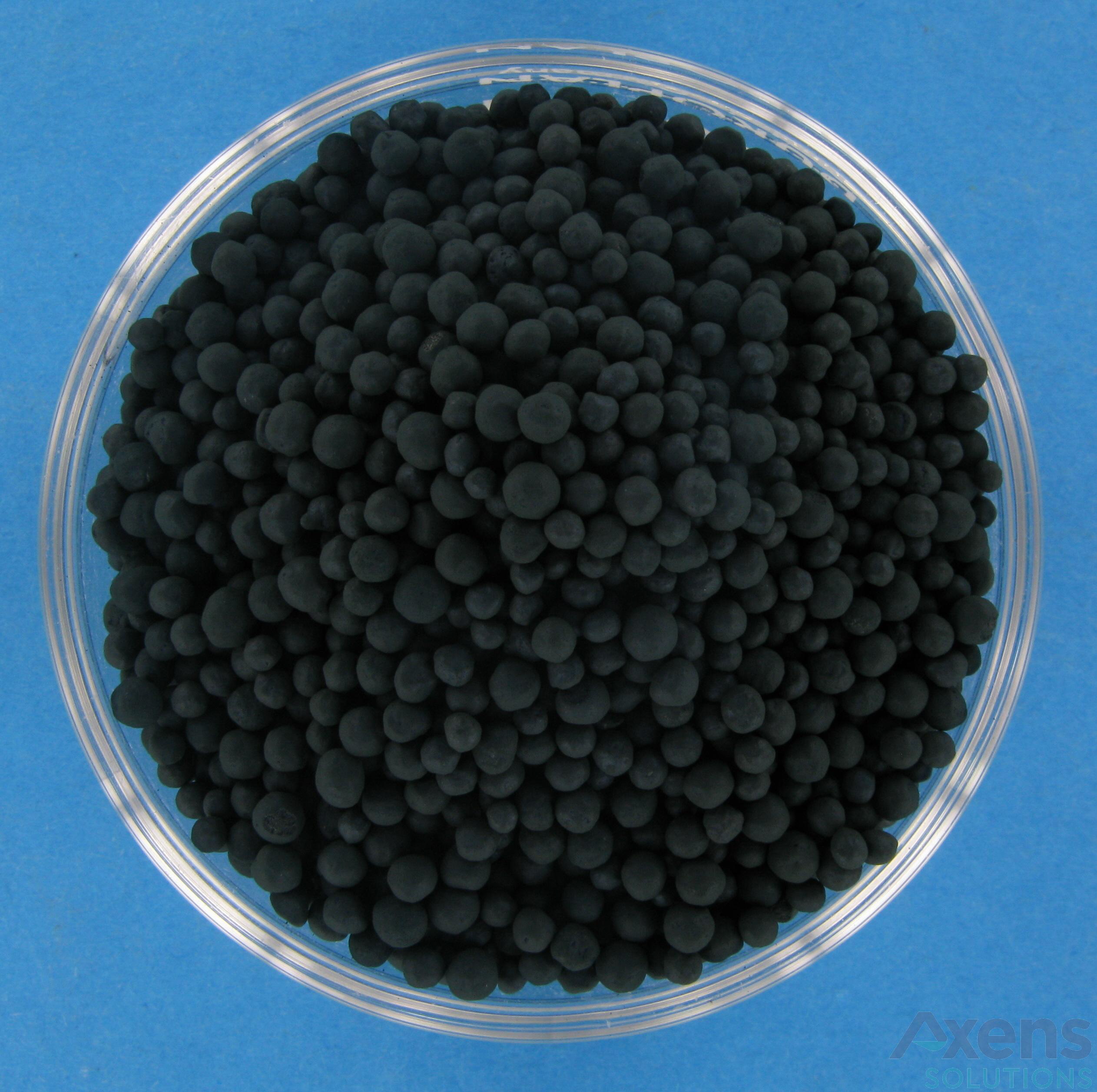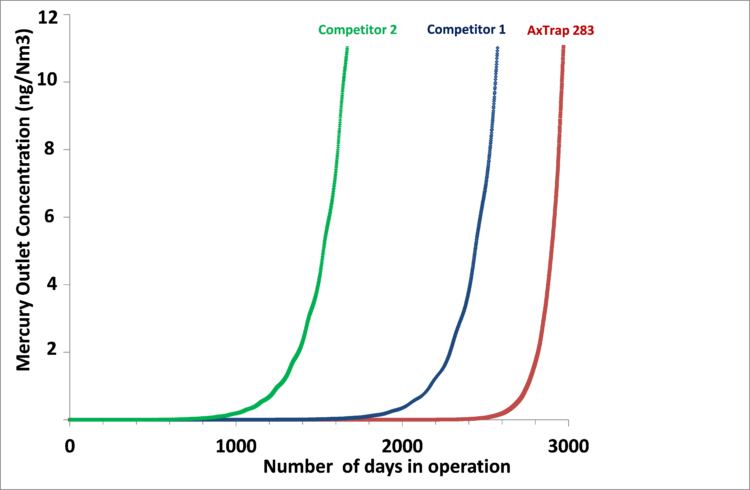Jun 11 2018
2 min read

Mercury has to be removed from hydrocarbons streams to protect health, environment and equipment. Elemental mercury is neurotoxic through inhalation. In addition, mercury forms amalgams with aluminum-based alloys leading to corrosion issues on cryogenic exchangers used for natural gas liquefaction and potential industrial disasters like the one encountered in 1973 in Algeria.
This is why mercury removal units have to be implemented in natural gas processing plants and in refining and petrochemical applications.
The trend is now to locate mercury removal units as far upstream as possible in the process in order to minimize mercury contaminations. Therefore, the challenge is to develop mercury removal adsorbents with strong resistance to water and an enhanced access of mercury to active sites.
Mercury removal adsorbents have indeed to highlight high mercury pick-up capacities due to very high mercury concentrations such as in the Pacific Asia region and/or the requirement of small vessels sizes for offshore applications.
As replacing the mercury removal adsorbents requires to shut down the natural gas production, it is best to minimize their replacement frequency. High capacity mercury removal adsorbents help achieve just that.
AxTrap™ 283 is the last generation of AxTrap™ 200 Series dedicated to mercury removal. AxTrap™ 200 Series adsorbents consist of an active phase (copper sulphide) well dispersed within the porosity of an optimized alumina carrier. This active phase is strongly linked to the optimized alumina carrier thanks to the preparation route.
AxTrap™ 283 combines a very high active sites concentration, a very high controlled porous profile and unequalled mechanical resistance. Thanks to the porosity of this adsorbent, the access of mercury to the active sites is maximized which in turn optimizes the mass transfer properties.
As a consequence, AxTrap™ 283 is the best in class for both gas and liquids applications and perfectly adapted to hard operating conditions such as saturated gas with high mercury concentration or small size adsorbent beds with short contact times.
The Figure 1 below shows the mercury breakthrough profile of AxTrap™ 283 versus the other high capacity mercury removal adsorbents available on the market. This graph clearly shows a higher lifetime in operation with AxTrap™ 283 due to better mass transfer properties.

Figure 1: Mercury breakthrough curves in gas pilot test
AxTrap™ 283 was launched two years ago and is already a real success with now four industrial references in operation on very high mercury concentrated liquids or gas streams. The intrinsic features of AxTrap™ 283 persuaded industrials to use it in hard operating conditions as a replacement of high capacity Mercury removal adsorbents as well as for new units due to the optimization of the vessel size.